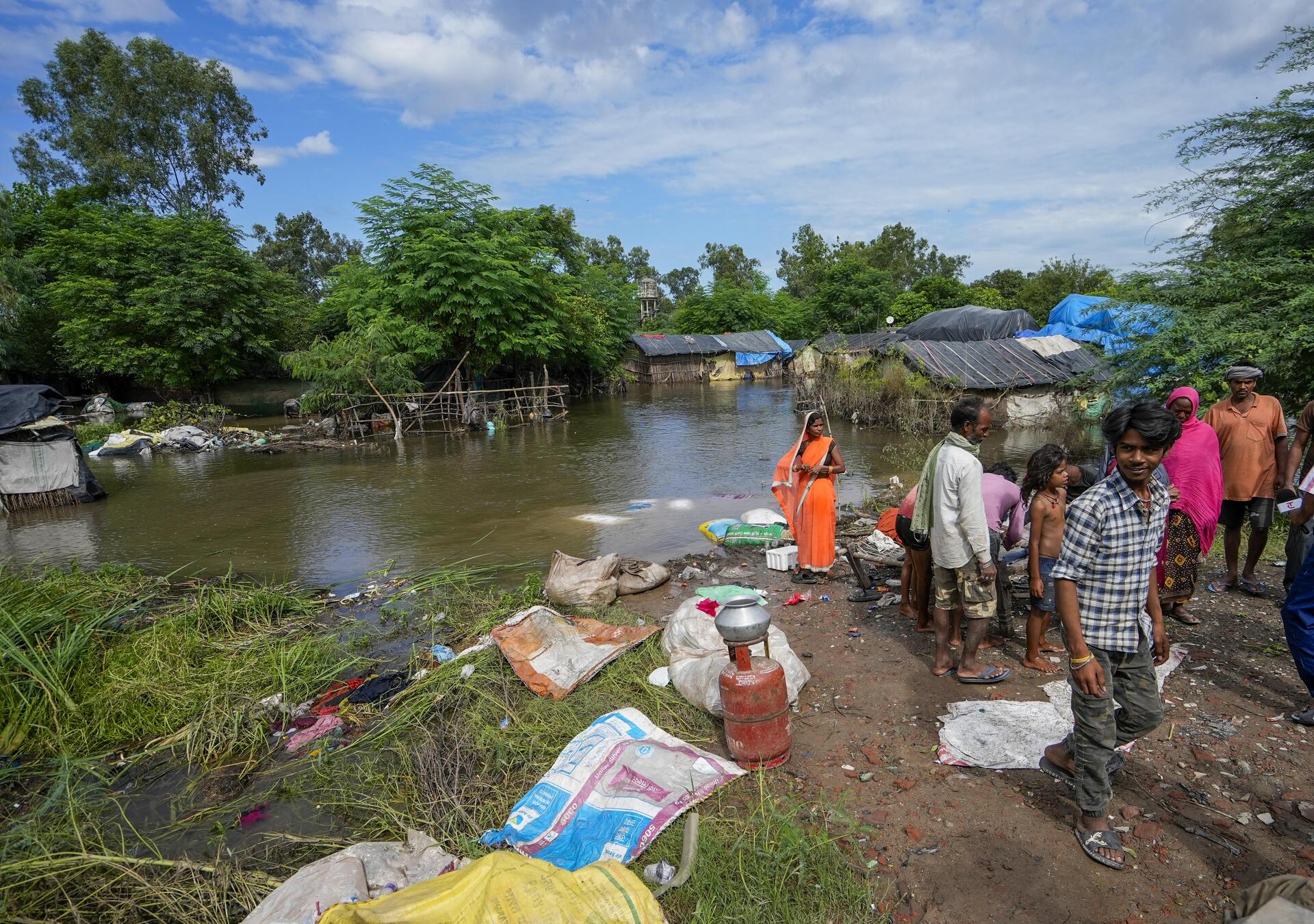- The Climate Mentor
- Posts
- 164 - India’s Climate insurance push
164 - India’s Climate insurance push
A Test case for Global Adaptation Finance

What happened
India is weighing a nationwide climate-linked insurance scheme built on parametric triggers - automatic payouts when weather thresholds (rainfall, temperature, windspeed) are breached.
Talks involve the National Disaster Management Authority, the finance ministry, and major insurers such as GIC Re. The goal: speed up compensation after heatwaves and floods and shift some fiscal burden from ad-hoc disaster funds to the insurance market.
Several state-level pilots point the way: a heat-index policy paid small cash benefits to 50,000 self-employed women in Rajasthan, Gujarat, and Maharashtra when temperatures exceeded 40 °C, and Nagaland received a parametric payout for excessive rainfall—evidence that fast, rules-based disbursements can work at scale.
If implemented nationally, India would be among the first major economies to deploy such a program

Top 10 Countries Most Affected by Climate Change (1993–2022)
Why it matters
Parametric cover tackles the biggest pain points in climate risk transfer: speed, transparency, and inclusion.
Because payouts are triggered by objective indices - satellite rain data, IMD temperature readings -households and MSMEs avoid lengthy loss assessments that often stall traditional claims.
For governments, premiums can be budgeted up front (potentially even co-funded via small levies on utility bills or using existing disaster relief funds), improving fiscal predictability as extreme events become more frequent and severe.
Crucially, this reframes climate impacts from unpredictable “acts of God” into manageable, insurable risks, catalyzing blended-finance structures where reinsurers, development banks, and philanthropic capital crowd in.
For vulnerable workers—street vendors, gig workers, smallholder farmers—rapid cash within days can prevent debt spirals and smooth consumption. For private insurers, the scheme could unlock a new national market with clear hazard models and reinsurance appetite.
What to watch next
Three tests will define success.
Index design & basis risk: Triggers must reflect local realities (e.g., wet-bulb heat metrics in cities, rainfall intensity for hill states) to ensure people are paid when they truly need it.
Distribution & inclusion: Reaching informal workers requires last-mile partners—co-ops, SHGs, unions like SEWA, and digital wallets—to enroll, educate, and disburse at low cost.
Fiscal architecture: Clarity on premium subsidies and reinsurance backstops will determine durability through political cycles.
If India gets these right, it sets a template for emerging markets ahead of COP30: public-private risk pools that scale adaptation finance while protecting growth.

District-Level Climate Vulnerability in India
Ready to dive into sustainable investing?
Subscribe to The Climate Mentor today to get updates on the latest trends, tips, and news on climate change.
Enjoy the newsletter? Please forward this to a friend 👥
It only takes 15 seconds. Making this took me 10 hours⌚
Reply